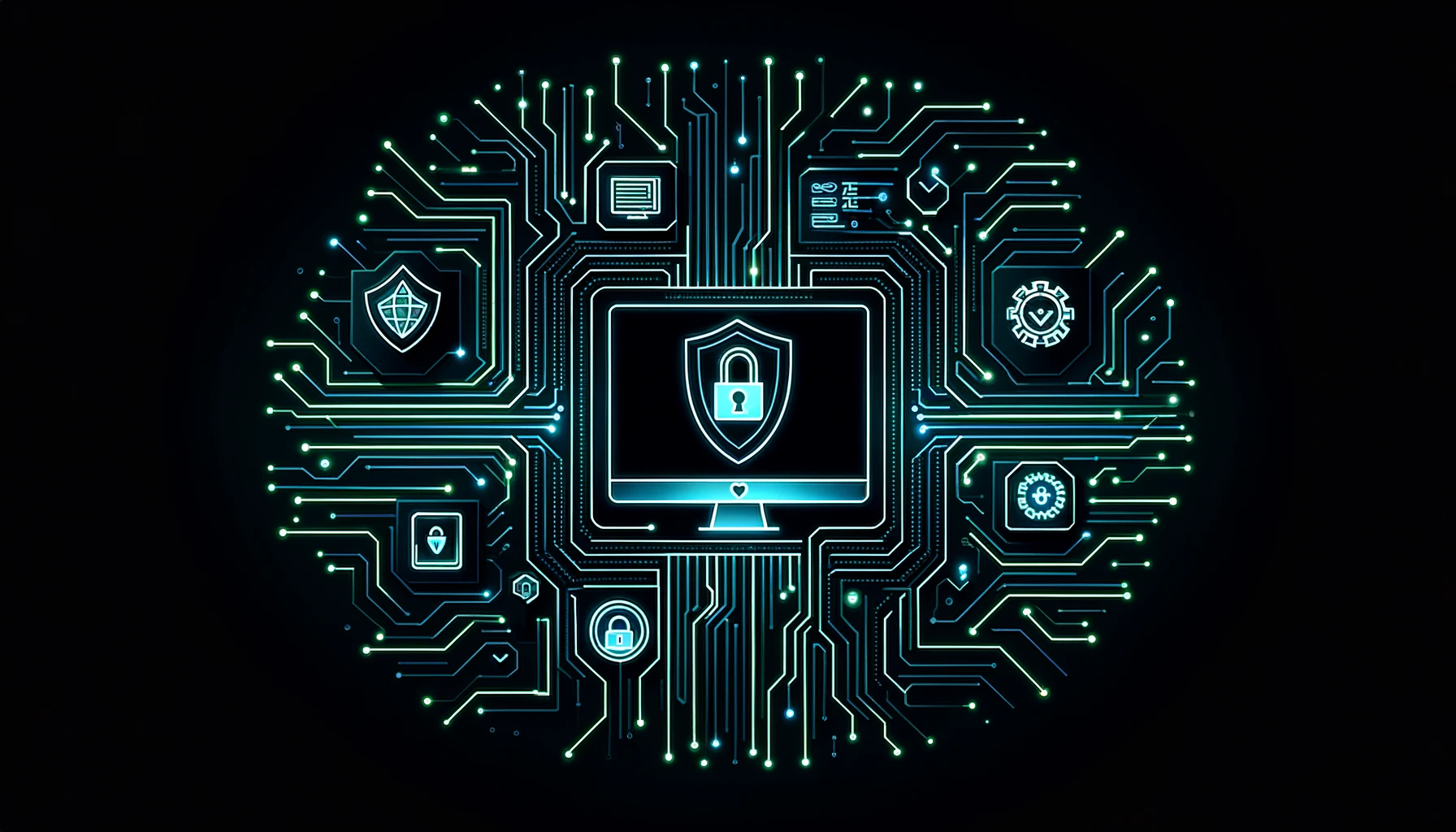Incident Response Plan
Incident Response Plan
An Incident Response Plan (IRP) helps companies manage cybersecurity incidents effectively. The goal is to reduce damage, recover quickly, and prevent future incidents. Every company, no matter how big or small, should have an IRP to protect against cyber threats, data leaks, and system attacks.
An IRP has many parts, including steps for handling incidents and communication plans. It also involves reviewing what happened after an incident. Using incident response services can help companies handle threats better and lower risks.
Key Points
- What is an IRP: A plan for dealing with cybersecurity incidents and reducing their impact.
- Phases: Preparation, Identification, Containment, Eradication, Recovery, and Lessons Learned.
- Importance: An IRP helps reduce damage, cut down on downtime, and improve overall cyber resilience.
- Proactive Approach: Regular testing and updates keep the IRP effective.
- Industry Standards: Follow frameworks like NIST and SANS for better security.
Related Terms
Key Components of an Incident Response Plan (IRP)
1. Preparation
Preparation is the most important part of an IRP because it sets the foundation for an effective response. This phase is about setting up the Computer Security Incident Response Team (CSIRT), defining roles, and getting tools ready to watch for threats.
- Incident Response Team: The team includes members from IT, security, legal, and communications.
- Security Tools: Tools like endpoint detection and response (EDR) and SIEM help monitor threats.
- Training: Giving security awareness training to staff is very important to prevent mistakes.
2. Identification
The identification phase is about finding out if a security problem has happened. This means checking network logs, looking for strange activities, and spotting suspicious behavior.
- Tools for Identification: Tools like IDS/IPS systems (Intrusion Detection/Prevention Systems) and SIEM are common.
- Indicators of Compromise (IoCs): These are signs like malware, strange login attempts, or big data transfers that show something is wrong.
3. Containment
Containment is about limiting the damage. It can be short-term (isolating affected systems) or long-term (applying patches or system updates).
- Isolation: Disconnect systems that are affected to stop the problem from spreading.
- Communication: Use secure communication protocols to inform important people.
4. Eradication
Eradication means getting rid of the cause of the incident. This could mean deleting malware, fixing security gaps, or resetting compromised accounts.
- Malware Removal: Use antivirus and malware removal tools to get rid of threats.
- Patching Vulnerabilities: Fix security weaknesses that attackers used.
5. Recovery
Recovery is about bringing systems back to normal while making sure the threat is gone.
- Data Restoration: Use air-gapped backups to recover systems and keep them safe from reinfection.
- System Monitoring: Watch systems closely to make sure they are secure again.
6. Lessons Learned
After the incident, it's important to look back and see what went wrong and how to improve.
- Documentation: Write down lessons learned, incident details, and suggestions for improvement.
- Updating IRP: Make changes to the IRP to make it stronger against similar attacks in the future.
Benefits of an Incident Response Plan
- Minimized Impact: With an IRP, companies can reduce downtime and financial losses.
- Improved Preparedness: Regular tests and practice make sure the plan works in real situations.
- Compliance: An IRP helps companies meet rules like NIS2, GDPR, and HIPAA.
- Faster Recovery: With clear roles and steps, response times are faster, which means less data is lost.
FAQ
It should include roles and responsibilities, communication plans, steps to contain and resolve incidents, and follow-up and analysis procedures.
It enables organizations to respond to security incidents in a structured and efficient manner, limiting damage and speeding recovery.
It should be reviewed and updated regularly to ensure that it reflects current threats, technologies, and best practices.




































